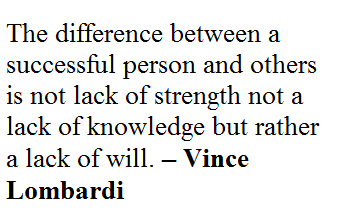Men Vs Women
Whether you are planning on gaining muscle, losing fat or maintaining weight, there are a few key differences between men and women that you should keep in mind.
During Exercise
Various studies have shown that women break down proportionately more fat and less carbohydrates compared to men during sub-maximal endurance exercise. During endurance exercise women derive approximately 41% of their energy from fat and 56% from carbohydrates, whereas men use approximately 29% fat and 65% carbohydrate. Protein can provide up to 8% of total energy. Even though the energy derived from protein is rather low, it is still very important as it is involved in the structure and function of the entire human body.
One study has also shown that women break down less protein during endurance exercise than men. Another study went on to confirm that men broke down more protein (leucine in particular) than women, which may influence the protein requirements for men and women.
Other interesting results were shown when dietary carbohydrates were increased from 57% to 75% of total energy intake. For men this resulted in a 41% increase in muscle glycogen (energy for exercise) as well as a 45% improvement in performance for endurance exercise (1 hour cycling at 75% of VO2 Peak). However for women there was no increase in muscle glycogen and no increase in performance.
However in order for women to achieve high enough level to see the effects of carbohydrate loading they had to increase their carbohydrate intake by 34%. Unfortunately even with this they saw about a 50% less increase in glycogen stores than men.
Another study done with glucose drinks found that when glucose was readily available, women were quicker to start using glucose instead of glycogen, whereas men would continue to use glycogen. This means that women are more likely to spare their glycogen stores if possible.
Recovery
This study also showed that when men and women consume carbohydrates and protein, they have a similar capacity to replenish glycogen stores when delivered in the early post-exercise period. This means it is equally beneficial for men and women to eat after exercise and can lead to performance gains. However women are at greater risk of energy and protein insufficiency compared to men, and consuming carbohydrates and protein post exercise should minimize the risk.
Creatine, Testosterone & Oestrogen
Studies on the results of creatine also provided some interesting results. Despite identical increases in creatine, women showed an increase of fat-free mass (around 400g) much lower than that of men (around 1200g) This may largely be down to the effects of testosterone, which is present around 10-15 times higher in men. Even though the increase in fat-free mass was much lower than that of men, women appeared to gain a similar improvement in high intensity exercise performance.
Testosterone also seems to have a major effect on the rate of skeletal muscle protein synthesis (muscle growth) as well as an increase in fat-free mass. Other effects of testosterone result in men having lower body fat percentages (around 10% less) as well as a higher VO2-max.
Conversely, studies have shown oestrogen to reduce women's ability to burn energy after eating, resulting in more fat being stored. Due to this and that men are usually larger and of a higher lean weight (muscles take more calories to maintain) women may need fewer calories.


